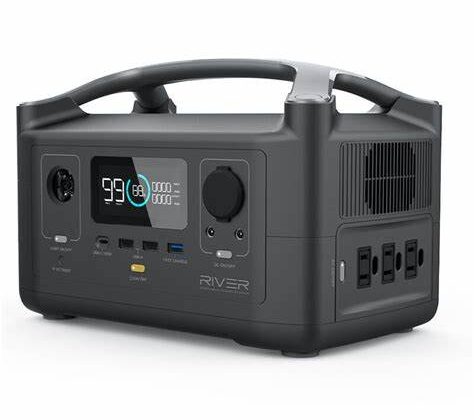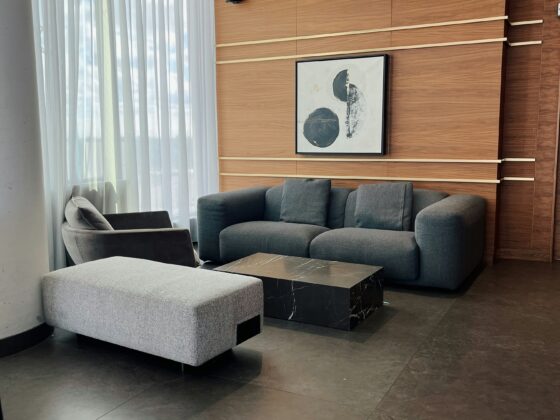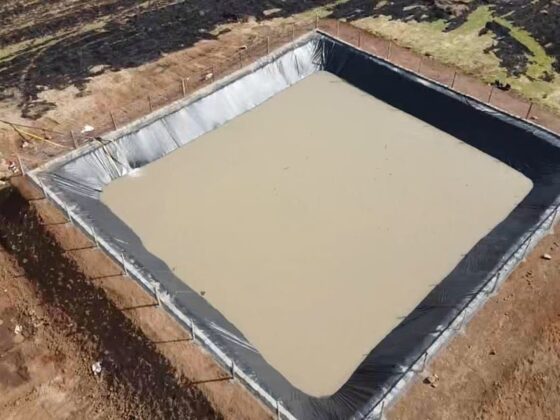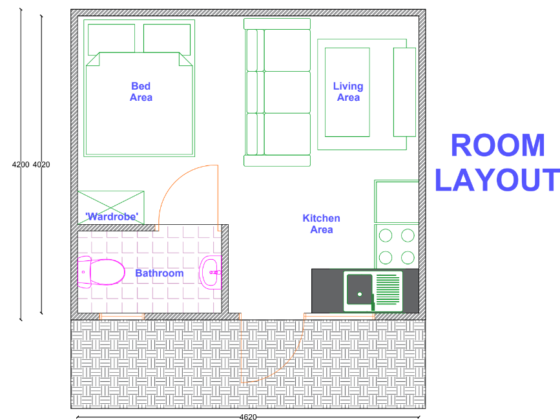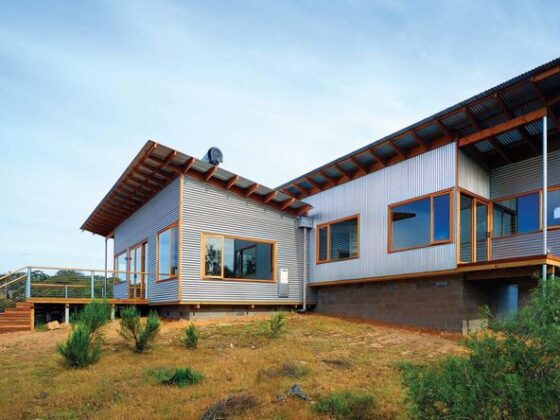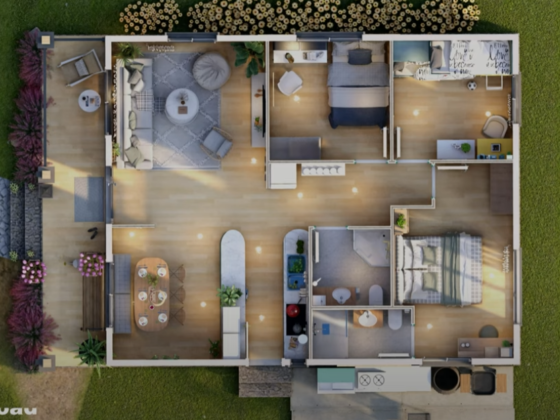If you are looking for an alternative source of electricity, solar provides a reliable option that can fuel your off grid living experience. In this blog, I will provide a short intro into how these systems work/components that make up the system.
How it all works
The Solar Panels (Photovoltaic cells), which are usually installed on the rooftop capture sunlight and convert it into Direct Current electricity. However in most homes, the appliances use Alternating Current electricity. For this you need an inverter that converts DC into AC. With the panels, cables and an inverter, your system can generate electricity and you can use it. However, electricity generation does not occur at all times as solar panels rely on sunlight. That means you will have periods where you generate electricity and periods where you need to use stored electricity. This is where batteries come in. They store surplus electricity for use when generation is low such as cloudy days or during the night.
For distribution, you will need an electrical panel (similar to a consumer unit), that gives you a point of access for distribution of power and also houses circuit protection elements. If you want to have both the grid connection and the solar power, with solar power as a backup, it’s also possible to install a changeover in the system.
What size of system do you need?
As explained above, it’s possible to have different amounts of power generated per day. The electricity generated depends on the rating of the solar panel, the number of sunlight hours its been exposed to and your location.
A good way to understand the size of the system is to understand the power requirement in your home. To get this number, if you were already connected to the grid, you can have an approximation of the units you use in a day. If you do not, it’s possible to check all the power consuming appliances in your house.
Assuming the consumption outlined above, systems consisting of solar panels, battery, inverter and an electrical panel would be about the following in costs:

These prices are only approximations as the cost may change depending on the type of batteries and inverters installed. Higher rated batteries and inverters provide better service for longer but are more expensive.
However, the size of the system is also affected by the rating of some of the appliances such as instant showers. This is because instant showers have a higher rating. If you have these at your home, don’t forget to mention it to the person sizing your system. Instant showers typically require high wattage, often between 3,000W and 7,000W, meaning they need a strong inverter and sufficient battery storage if you want to use them at night or during cloudy periods.
This is only a simple guide with basic information for those willing to venture into having solar systems for their homes. Kindly reach out to info@fidonenergy.com If you are interested in getting a more accurate quotation.
Build wisely!



